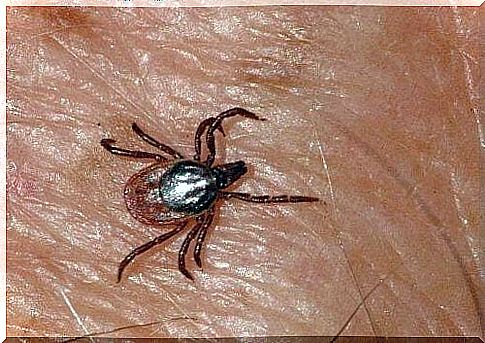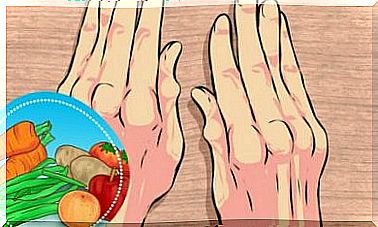Lyme Disease – What Is It?

Healthcare professionals have been warning people about the risks of tick bites for years, and it would be especially important to remember Lyme disease and its threat.
Therefore, you should continue reading now, as you will learn a little about the disease in question and how you can reduce your risk – this way you will avoid Lyme disease spreading through tick bites on your own!
So what is Lyme disease?
Lyme disease is a contagious disease caused by a spirochete bacterium . This bacterium is found in ticks in many parts of the world; In the United States, Canada, Europe and Asia.
Because ticks carry this bacterium with them, these organisms pose a threat to both animal and human health, as when the disease spreads, it causes symptoms that affect the quality of life in a truly substantial way.

Most cases of Lyme disease have occurred in the original home region of ticks, i.e. in the Midwest and Northeastern United States. Nevertheless, the disease has also been found in other parts of the United States, Asia, Australia and Europe, including Finland.
What are the symptoms of Lyme disease?
One of the first symptoms of Lyme disease is that the skin develops a rash, which usually begins to appear about 3 to 30 days after the tick bite.
Usually, this rash begins in the area of the bite itself and appears as a red spot that gradually then spreads to other areas.
Other symptoms of Lyme disease include:
- fever
- vibration or chills
- headache
- fatigue
- muscle and joint pain
Although it occurs only in very rare cases, Lyme disease can spread to the heart and central nervous system during the early stages. It is therefore a disease whose possible consequences can be very serious.
In addition, if something like this happens, the person suffering from the disease may have symptoms such as a slow or unstable heart rate, and other symptoms may include numbness in the arms and legs, swelling of the meninges, and Bell’s palsy.
What happens if Lyme disease progresses more severely?
If you do not pay attention to the early symptoms of Lyme disease and do not seek appropriate treatment, the bacterium can spread to other parts of your body, and over time, the symptoms will get worse.
In later stages, a person with Lyme disease may develop arthritis (this is a disease that causes pain and swelling in the joints) and problems with the central nervous system. Arthritis usually affects the knees and does not usually damage other joints in the body.

It is unusual for the disease to progress to later stages, but if this happens, the following symptoms may occur:
- difficulty concentrating
- mood instability
- changes in sleep rhythm
- memory impairment
- muscle weakness
Who should be alert for Lyme disease?
Those people who spend a lot of time outdoors, and especially if animals are also present, are at greater risk. This is because there are usually more mites outdoors, such as in grasslands, than in other types of places. Also be careful with grass tips and low shrubs.

Often the mite crawls under clothing before it attaches to the skin. In addition, it should be noted that when a mite bites, this is not easy to notice at all, as the bite does not cause any discomfort at all. The attachment of a tick can thus remain hidden for even longer before it catches the attention of the “victim”.
Not all mites carry Lyme disease, but any mite can potentially be a vector for this health-threatening disease. So it is important that you move carefully in potential tick areas and that you wear rubber boots and long pants to avoid biting.
How can Lyme disease be treated?
If you have already been diagnosed with Lyme disease, you should first eat a course of antibiotics that lasts from two weeks to a month.
If the disease has not yet progressed to its later stages, antibiotics work quickly and you can get rid of the symptoms in a short time.
If, on the other hand, the disease is already very advanced, you may need to continue treatment for longer and also take an intravenous antibiotic.
So be careful in nature and with animals and protect your limbs – this is the best way to avoid Lyme disease and the serious health problems that may result!









